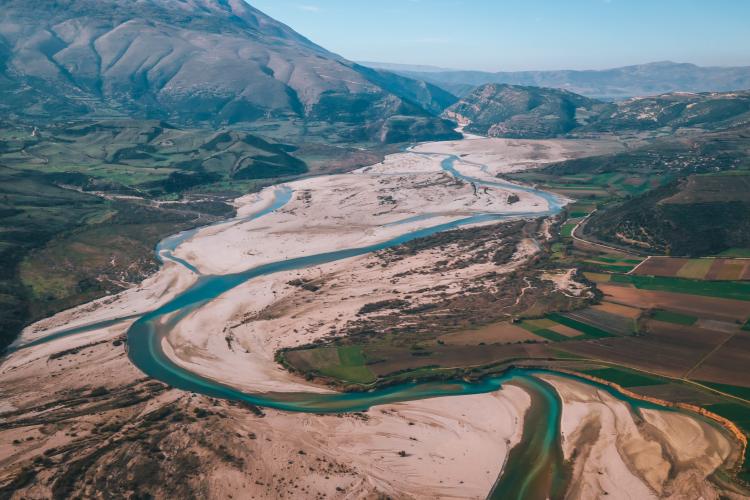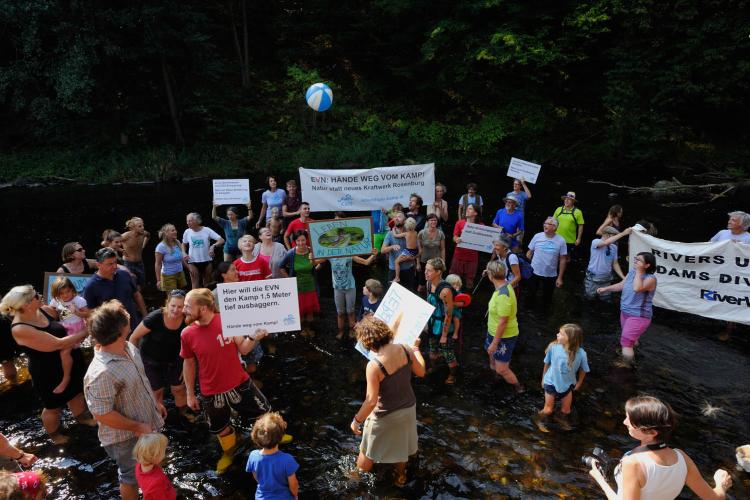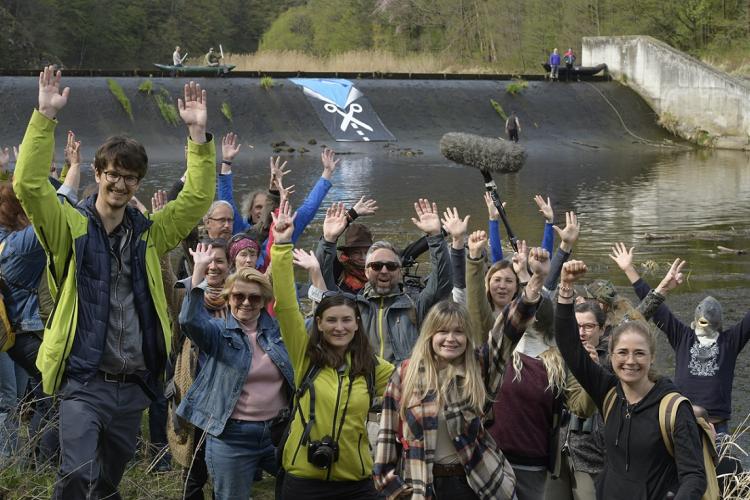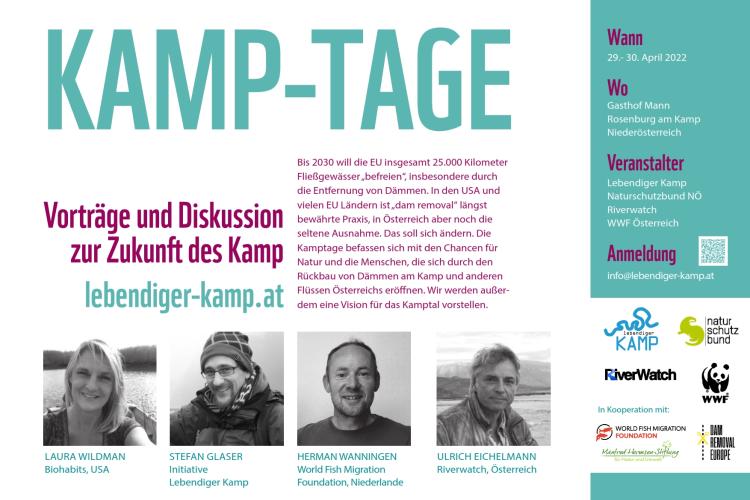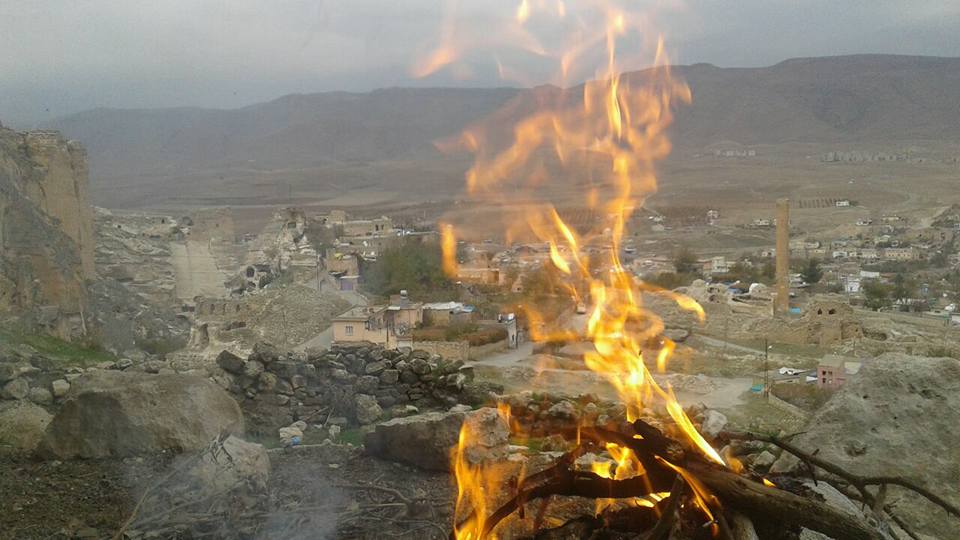
Read the latest news about the Ilisu construction from Ercan Ayboga, Initiative to Keep Hasankeyf Alive
*****************************************************************************************************
Current developments in the Ilisu Dam project in Turkey+Kurdistan
By Ercan Ayboga, 27th December 2016
see: www.hasankeyfgirisimi.net
The construction of the Ilisu Dam and HEPP (Hydro-Electric Projects) still continues, currently with an unknown number of workers (probably hundreds). According to a 26 November 2016 statement of Ali Fuat Eker, director of the 16th region of the DSI (State Water Works), 85 % of the project has been completed (source: Anatolia Agency – AA: http://aa.com.tr/tr/turkiye/il
The mayor of Hasankeyf, Vahap Kusen, released a statement in October 2016 in which said the whole project will be completed in 2018 and Hasankeyf will be flooded in 2019. He claimed he obtained his information from different sources which he did not mention.
In summer 2014 the DSI had informed the public that the construction of the dam had achieved 80%. This either must have been exaggerated if almost 2,5 years later completion has achieved only 85%, or almost no construction progress has been achieved. In any case, the recent statement has be carefully understood: The Turkish government has the strategy of claiming to have proceeded further with project completion in order to demoralize critics, activists, and affected populations.
One reason for the delay in the completion of the project is related to the resistance of the HPG (PKK Guerrilla) which on several occasions in the summer and fall of 2016 attacked military forces at the dam construction site. In the summer of 2014 they succeeded in halting dam construction for at least five months. In addition, the growing armed conflict between the HPG and the Turkish Army in the Kurdistan region has made it very difficult for companies of the consortium to continue with construction works.
There are many works to be completed before the impounding of the dam reservoir can start. These may take at least 2 years – a careful estimation:
Technical problems with HEPP continue, as informed by local population who have spoken with the staff of the consortium. According to them and based on observations at the dam site other technical problems with the dam body or the construction site have not been solved completely as new challenges continue to occur.
New roads and bridges as part of the project have not yet been completed. A new big bridge close to Hasankeyf has been delayed several times because issues with its foundations. Construction of roads for villages close to the planned dam reservoir have not started yet (October 2016).
The planned expropriation of 199 villages has not been fully completed yet. The last expropriations in the district of Bismil/Diyarbakir have only just started. Although the law on expropriation has changed in the last years in order to accelerate the process, some cases take up to 1-2 years if villagers go to court, while complex situations with regard to ownership exist.
Housing in New Hasankeyf has yet to be built. Only in December 2016 the list of people have been assessed to have the right to buy an apartment in New Hasankeyf has been made. This is due to the difficult social situation in Hasankeyf and particularly to the approach of the government which has excluded almost the half of the population of Hasankeyf from the right to get an apartment in New Hasankeyf. Apart from housing, in the new town all public buildings and infrastructure has been constructed. Schools, sub-governorship and other institutions have already relocated to New-Hasankeyf.
It has become very difficult to gain access to the dam construction site. The main road from Midyat and Dargecit to Güclükonak and Sirnak passes over the bridge at the village of Ilisu. From there it is possible to watch construction works from a distance of several hundred meters. Based on these, one can estimate the speed of the construction processs. Inhabitants of the villages near the dam site can supply information on the construction progress. Since the end of 2015 clashes have occurred in the small city of Dargecit (12 km far away from the dam site). The mayor of Dargecit, Zeynep Sipcik, as well as many DBP and HDP local politicians and local journalists have recently been arrested by the Turkish government. Since then it has become very difficult to get access to the local population in Dargecit.
The Initiative to Keep Hasankeyf Alive and the Mesopotamian Ecology Movement continue to campaign against the Ilisu Dam even though the dam is nearing its completion. In September 2016 the Initiative started on behalf of people from Hasankeyf a file against a governmental decision on the resettlement of the inhabitants of Hasankeyf. This decision is the updated version of one declared in May 2015 against which a trial was started as well.
In July 2016 the Initiative initiated a trial against the relocation of the Zeynel Bey Tomb – one of the most well-known monuments in Hasankeyf and one of the 8 monuments which shall be relocated to the so called “cultural park” adjacent to New-Hasankeyf. The Turkish company Er-Bu Insaat got awarded the tender together with the Greek company Korres and the Dutch Company Bresser.
In beginning of October 2016 our request to immediately halt the relocation was refused by the administrative court of Diyarbakir. The DSI and the Ministry for Water and Forest prepared a 14-page defense in which they explain the “carefulness” and “responsibility” of the works. Civil society then decided to go to court. Meanwhile the Zeynel Bey Tomb has been enclosed completely. Press has reported that the relocation could start in March 2017, but it is assumed that this date will probably not be realized.



